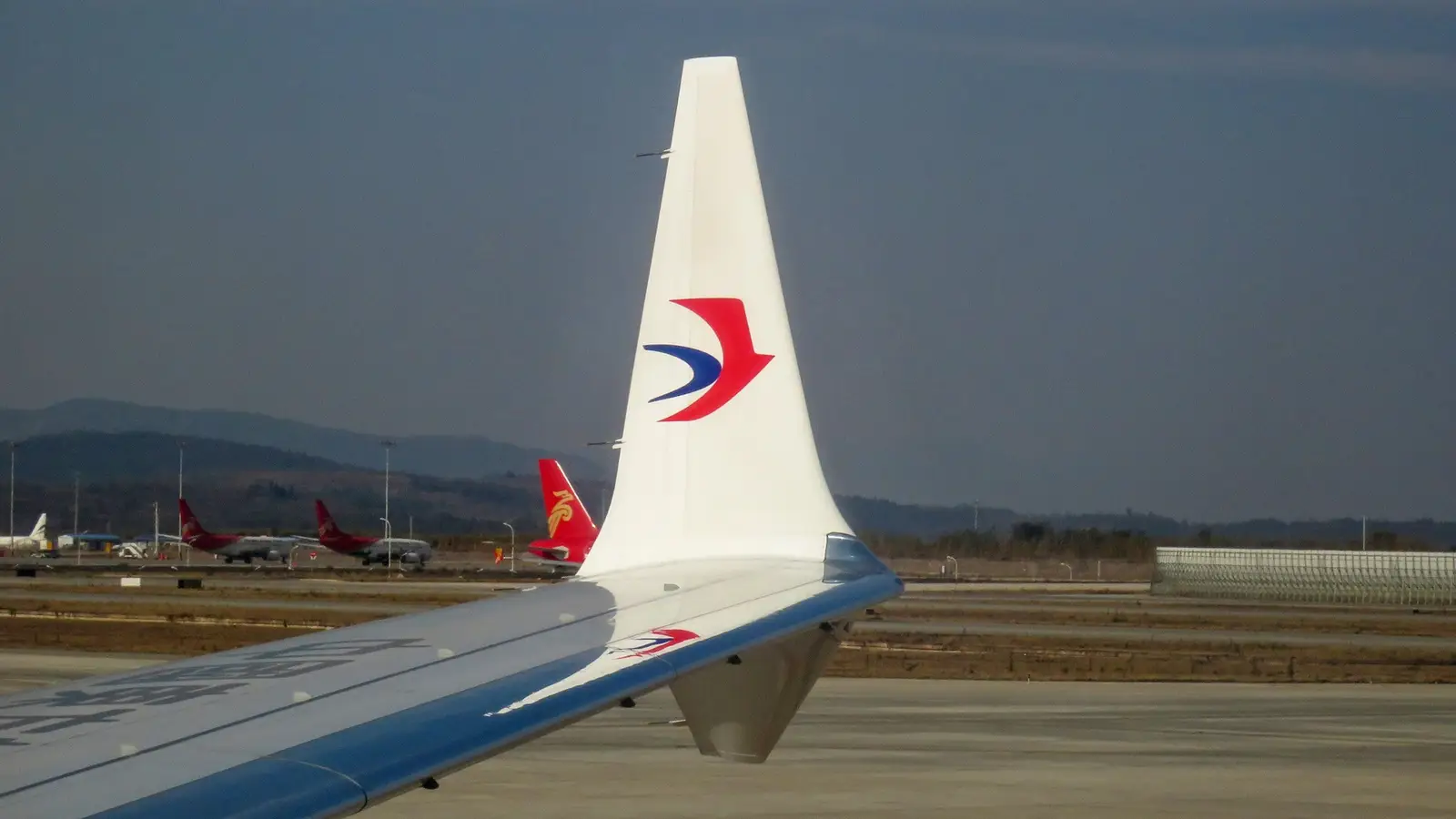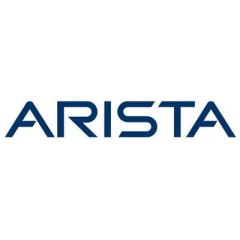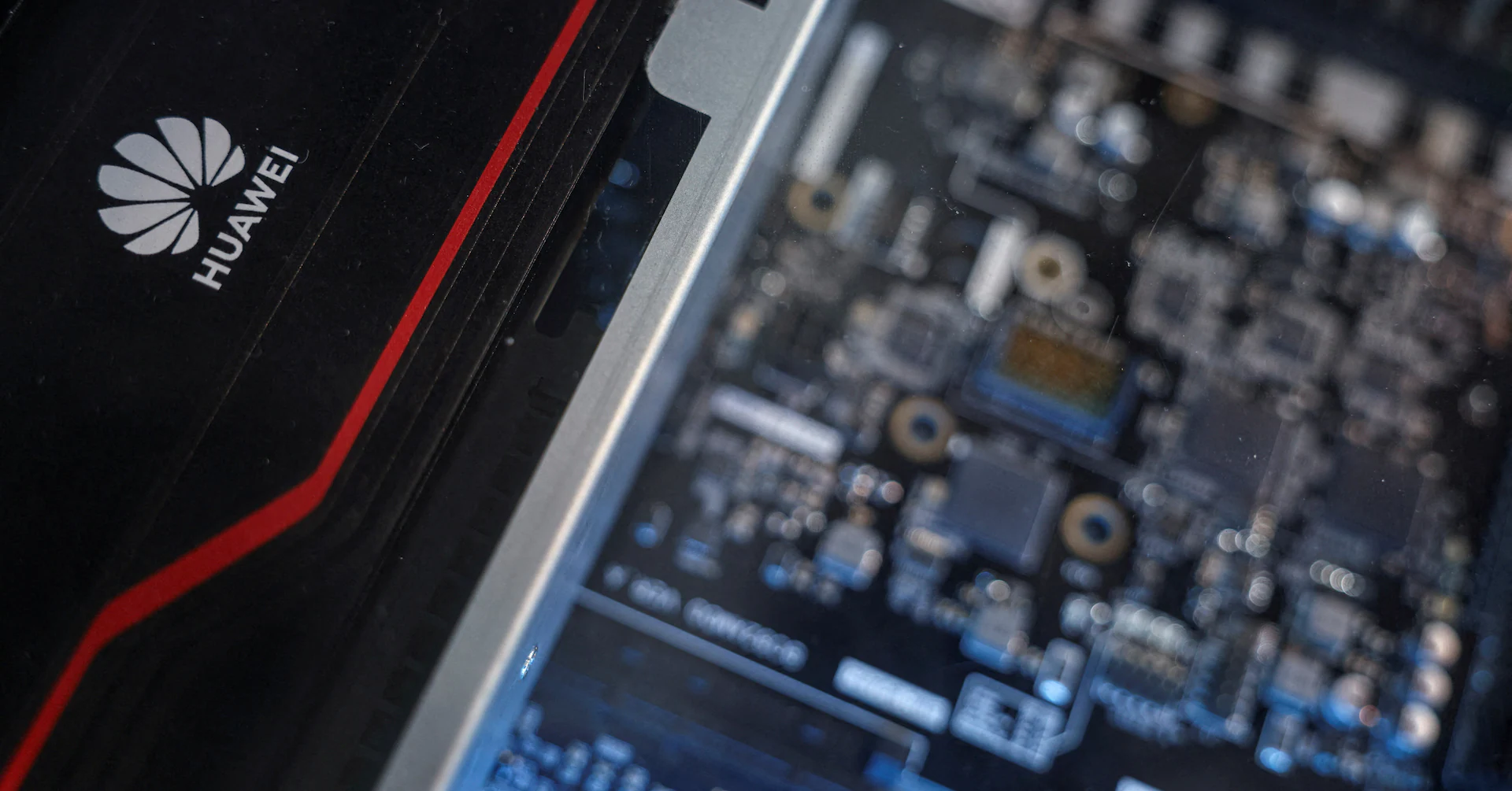
While the latest narrowbody offered by the American manufacturer Boeing (the Boeing 737 MAX series) is less than a decade old, the underlying design of the aircraft can be traced back much further, with the delivery of the first Boeing 737 over 50 years ago, when the program initially started.
The manufacturer strategically chose which technological advancements to implement in the subsequent variations of the type and which to forego in order to maintain commonality and reduce certification costs, the aircraft has remained unchanged for the most part over the years, while still improving metrics such as capacity/payload, range, and efficiency. One of the key changes with the MAX series was its newly designed larger winglets.
The AT Winglets
A decade ago, when Boeing first introduced the Boeing 737 MAX family of aircraft, a key change in the physical design compared to previous versions of the 737 was the newly designed winglets. Christened as Advanced Technology (AT) winglets, with the newly designed larger winglets, Boeing was able to achieve a further decrease in fuel burn by 1.5% compared to the 737 NG aircraft models.
While the 737 NG (-700,-800, and -900) aircraft had blended winglets, with the wing curving upwards at the wingtips, the new MAX family aircraft (-7, -8, -9, and -10) have a redesigned upward structure at the wingtip, paired with an aerodynamic fin jutting downwards at an angle (as seen in above image).
Compared to the blended winglets on the NG, the new AT winglets, in terms of tip-to-tip height, are about a meter longer due to aerodynamic fins jutting downwards, along with a slightly longer wingspan as per Boeing’s technical data, which made the MAX an efficient aircraft within the narrowbody market.
Efficiencies Of Winglets
Winglets fundamentally aid the airflow at the wingtips, wherein they guide the air flowing above and below the wing in a manner that reduces induced drag at the trailing edge of the wings, and subsequently also help reduce wake vortices generated by the aircraft, which in turn reduces the impacts of wake turbulence felt by other aircraft in the vicinity.
Thus, redesigning the winglets allowed for the following efficiencies:
Drag reduction: With the AT winglets guiding the airflow, both below and over the wing, better laminar flow was achieved at the wingtips, resulting in lower skin friction and reduced induced drag, thereby increasing flight efficiency.
Fuel-burn reduction: With the drag experienced by the aircraft reducing, the aircraft now experiences better lift and thrust forces, thereby allowing the MAX to reduce fuel burn by 1.5%, subsequently offering operators reduced fuel costs and a smaller carbon footprint.
More wings within a smaller span: Considering that wingspans are an important factor when it comes to airports and gate facility accessibility, it was important for Boeing to improve efficiency without exceeding the existing 737’s ICAO Code C wingspan limits. With the new winglets, the MAX has an additional meter of aerodynamic surface while staying within the Code C wingspan limit.
With the larger redesigned winglet, Boeing was able to minimize changes to the wing platform, avoid any major recertification process while delivering enhanced operational efficiencies.
Upgrades For The 737 NGs
While Boeing manufactured the 737 MAX with AT winglets as standard, the manufacturer also made a similar version of the winglets available for retrofit for the NG family aircraft types. Designed by a company called Aviation Partner Boeing (APB), the operators of the Boeing 737 NG aircraft could have their aircraft retrofitted with Split Scimitar Winglets.
With prices starting from $430,000, operators with substantial Boeing 737 NGs in their fleet or carriers that had the type in their fleet plan for the foreseeable future now have the option of retrofitting these winglets and making their fleet more efficient and sustainable while reducing operational costs. This retrofit program has proven popular among 737 NG operators around the world, as the Split Scimitar Winglets, though slightly different in design from the AT winglets, still provide the NG aircraft with an additional 1.5% fuel burn reduction.
While a 1.5% reduction in fuel consumption does not sound like much, it does amount to considerable savings when it comes to economies of scale. Different operators that have retrofitted Split Scimitar Winglets have published the following data:
Delta Air Lines (2024): Because of the retrofitted winglets, the airline saves 3.3 million gallons of fuel annually.
flydubai (2019): Fuel burn reduction of 200,000 liters per retrofitted aircraft per year, which translates to over 510 tonnes of CO2 reduction per aircraft per year.
Transavia (2019): Apart from the fuel savings, retrofitting Split Scimitar Winglets has increased the range of the NG aircraft by around 108NM (200 km).
Several operators consider such investments worthy, as they show immediate returns in terms of reduced fuel costs but also help them achieve their long-term sustainability goals.
Retrofits Available For Other Aircraft Too
Boeing, along with APB, offers winglet retrofits for other aircraft types too. This includes Blended Winglets for the Boeing 737 NGs, Boeing 757s, and Boeing 767s. In the case of blended winglets on the 737s, the aircraft saw fuel burn reduction of up to 4% (depending on the sector length), while the data published by Delta Air Lines show that their 757s and 767s retrofitted with blended winglets saw savings of around 3-4% and an increase in operational range of around 5%.
However, retrofitting older winglet designs on older aircraft is more expensive due to the extent of modifications that have to be done to the wings to handle the retrofit. Prices from APB are as follows:
The blended winglet is a common design, and variations of the winglet can be seen on a variety of different aircraft types, including the latest generation of Airbus widebody aircraft types, such as the Airbus A330neo and the Airbus A350. However, Airbus refers to these winglets as “Sharklets”, but they are a derivative of the blended winglet design.
However, Boeing also has other wingtip designs that offer the aircraft similar efficiencies to having winglets, without having winglets. This design is called Raked Wingtips and is most commonly seen on Boeing 777s, Boeing 787s, and the Boeing 747-8. The advantage offered by this design is that it delivers the aircraft similar drag reduction and fuel burn savings as a winglet would, but without the added weight of having winglets at the wingtips.
What About Airbus Aircraft?
As previously established, Airbus, for its latest generation of wide-body aircraft, has incorporated variations of the blended winglet, while more traditional blended winglets and wingtip plates (angled and perpendicular) are available on the range of other aircraft types Airbus manufactures.
Airbus has even designed a Split Scimitar-style winglet previously and had proposed it as a design upgrade for the A380, when the manufacturer first pitched the A380plus program during the 2017 Paris Air Show.
Airbus marketed that the redesigned A380plus would not only allow for additional passenger/cargo capacity or increased operational range, but the redesigned winglet would also deliver further fuel savings of up to 4%, thereby allowing for a reduction in seat cost by a considerable 13% when compared to the existing A380-800 design. Despite this, due to any significant interest in the program, the redesigned A380plus never took off, and within a few years, the entire A380 program ended with the last of the type being delivered to Emirates in December 2021.
New Technology Projects
However, Airbus, for the past few years, has been working on an innovative winglet technology under a program called AlbatrossONE, wherein the winglets are designed to be incorporated into the wings to such a degree that Airbus calls them “Semi-aeroelastic hinged wingtips” and not winglets. While this concept has now been integrated into Airbus’ eXtra Performance Wing Project, the efficiency and function remain the same.
The semi-aeroelastic hinged wingtips allow the tips of the wings to flap up and down in flight and achieve the optimum wing configuration for the aircraft, dependent on the airflow around the wingtips. While this design reduces drag, other operational efficiencies achieved include factors such as load alleviation along the wings, tip stall avoidance, and improved flight performance by damping the effects of turbulence, improved roll rates, and turning maneuvers.



